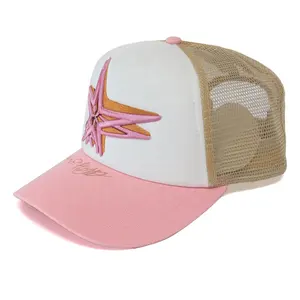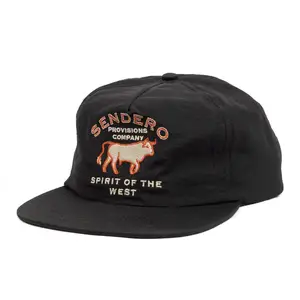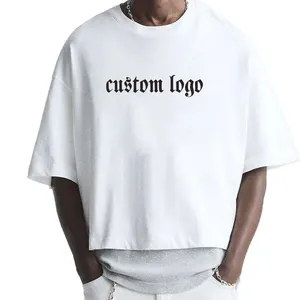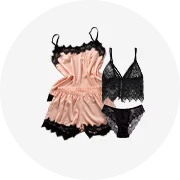Popular in your industry





































































Top categories
About twill interlining
Twill Interlining: An Overview
Twill interlining, a fundamental component within the textile industry, serves as a critical layer in various garments. This type of interlining, recognized for its distinctive diagonal pattern, offers both aesthetic and functional benefits to clothing items such as suits, shirts, and other formal attire. Twill interlining is designed to provide structure, shape retention, and durability, enhancing the garment's overall appearance and lifespan.
Types and Applications
The versatility of twill interlining is evident in its wide range of types, each suited to different applications. Garment manufacturers may select from options like fusible twill interlining, which adheres to fabric surfaces with heat, or sew-in varieties that offer a more traditional approach to garment construction. The choice of interlining type directly impacts the garment's drape, comfort, and wearability, making it a crucial decision in the manufacturing process.
Material Composition and Features
Materials used in twill interlining are diverse, including polyester (PES), polyamide (PA), and cotton blends. These materials contribute to the interlining's key features such as shrink resistance and elasticity. Some twill interlinings are also water-soluble, allowing for easy removal during the production process. The color range, typically white, black, and gray, ensures compatibility with a variety of fabric colors and patterns.
Advantages of Twill Interlining
Incorporating twill interlining into garment design offers numerous advantages. Its structure-enhancing properties help maintain the integrity of the garment's shape, while the choice of materials can provide additional benefits like stretchability for comfort and ease of movement. The interlining's resistance to shrinkage also ensures that the garment retains its size and fit after washing, contributing to the garment's longevity.
Selection Considerations
When selecting twill interlining, manufacturers must consider factors such as the weight, hand feel, and bonding requirements of the fabric to which it will be applied. The end-use of the garment also plays a significant role, as different applications may require specific features from the interlining, such as flexibility or additional support.
Environmental Impact and Sustainability
The textile industry is increasingly focusing on the environmental impact of its products. Twill interlining options now include eco-friendly materials that aim to reduce the carbon footprint of garment production. These sustainable choices help manufacturers align with contemporary environmental standards and consumer expectations.

























